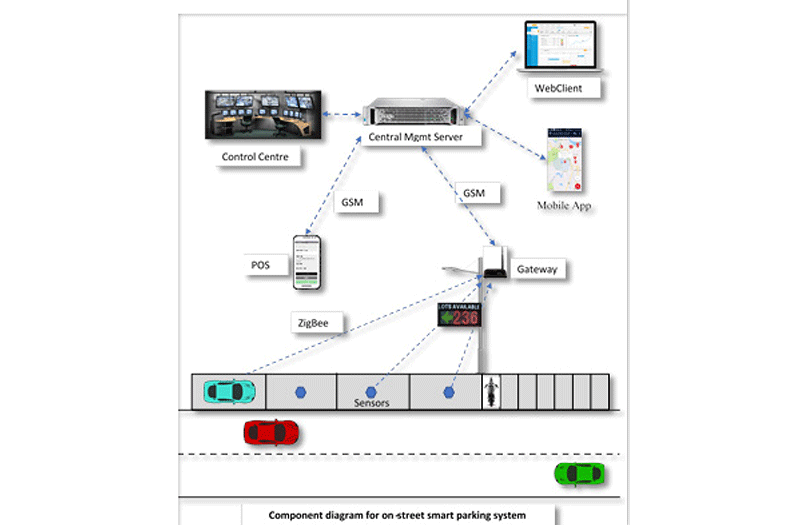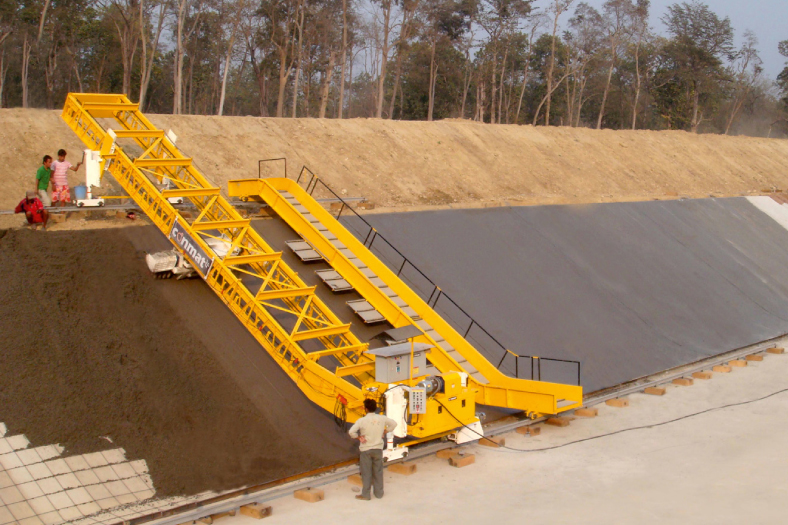Green Malls: An inevitability waiting to happen
Ashok Jain, Director and Strategist at Terracon Ecotech explains why mall owners should go for green
Over the last few years the world has begun paying heed to the ever increasing carbon and green house gas emissions, water pollution, soil contamination, fluctuating temperatures, depleting biodiversity and drastic weather conditions. All buildings use up natural resources in their construction and operations directly as well as indirectly. Malls are known to consume great amounts of energy and have high emission rates, their massive building structures are continuously lit up to give off an exquisite appeal. Going green and malls have never been paired until very recently and this concept has yet to take over the Indian retail industry.
Commercial architecture has swept our nation from the moment urbanisation started growing rapidly. India’s cities and towns are affected economically and socially with the tremendous increase in malls and commercial buildings, changing their landscapes and continuously growing in size. The concept of sustainability is what most corporate and multinationals are driving down through their processes and operations globally, with malls housing all the major brands that are environmentally conscious it is thus obvious that looking into this would be of great importance to mall owners. The need for sustainable malls has become the need of the hour and a business strategy that will boost its image.
Sustainable approach Retailers globally have focused on the development of eco-friendly and sustainable malls right from their conception to keeping up with new processes, strategies and technologies to improve the sustainable development of the mall once the building has been constructed. Malls have the impression of being lavish, opulent and beautiful; thus a great proportion of their energy consumption goes into lighting, elevators and lifts, and running air conditions to create the perfect atmosphere within the mall for shoppers. What mall owners need to do is first analyse the energy used by their buildings and understand in detail how they can go ahead and not compromise on every shoppers experience and comfort.
Malls have greatly changed over time, extended working hours and bigger areas to cater to our continuous needs and house everything we want. In 2012, malls in India were said to have consumed 250 kilowatts of power per square metre in a year, with an average consumption of 120,000 -600,000 litres of water a day
Traditional malls have been taken over by huge shopping complexes with modern amenities, play zones for children, large food courts and various other entertainment facilities for shoppers of all ages to socialise and have a good time. Shopping has now become an experience and not just the mere act of purchasing. For a mall to do well it needs to possess what every other mall does not have and it needs the competitive advantage to succeed financially. Some older malls are looking at getting upgrades through retrofitting while newer ones are adapting global strategies, sustainable solutions fitting in both the options.
‘Green’ practiceMalls can integrate various practices into making them eco-friendly and greener to do their part in conserving the environment. Comprehensive innovative energy and water efficiency features are what can greatly help reduce every malls carbon footprints, some features even include harnessing natural light to brighten up malls and the use of glass façade’s to increase visibility. Not only is it important to use updated technologies, recycling methodologies and sustainable infrastructure to consume energy efficiently but also to educate the staff of the mall about each feature and its importance. Better aesthetics should be worked out by using local technologies and materials in the green design of the mall before its construction.
Success storiesCountries like Singapore and United Arab Emirates have spearheaded this movement and lead the way by example. Dubai’s Mall Of The Emirates is the first and only mall to have received the LEED gold award. The City Square Mall in Singapore is a benchmark for sustainable malls with some of the most innovative solutions and features that prove that sustainability has remarkable perks as well. Both these malls have created opportunities and exponentially grown, completely opposite to the perception people have towards sustainable solutions.
Conclusion The green revolution for malls will always be uphill battles that will only be overcome by the economic benefit at the end it all. India still has significant ground to make on the sustainable mall forefront, small steps is all it takes. Changing every stakeholder’s mindsets about this is the greatest challenge that mall owners’ face; they need to understand sustainability as well as profitability from green investments. Malls have the ability to go above and beyond to help be a part of the change. However, the question is, will they take that step? The global push to ‘go green’ is what is going to make India move forward with more retailers looking at India as a viable option to broaden their businesses.
The sustainability initiatives at malls will eventually be driven by investors, shoppers and retailers who insist on sustainability and environment friendly infrastructure in the construction, operations and management.
Authored by__
Ashok Jain, Director and Strategist, Terracon Ecotech
23
Cookie Consent
We use cookies to personalize your experience. By continuing to visit this website you agree to our Terms & Conditions, Privacy Policy and Cookie Policy.









